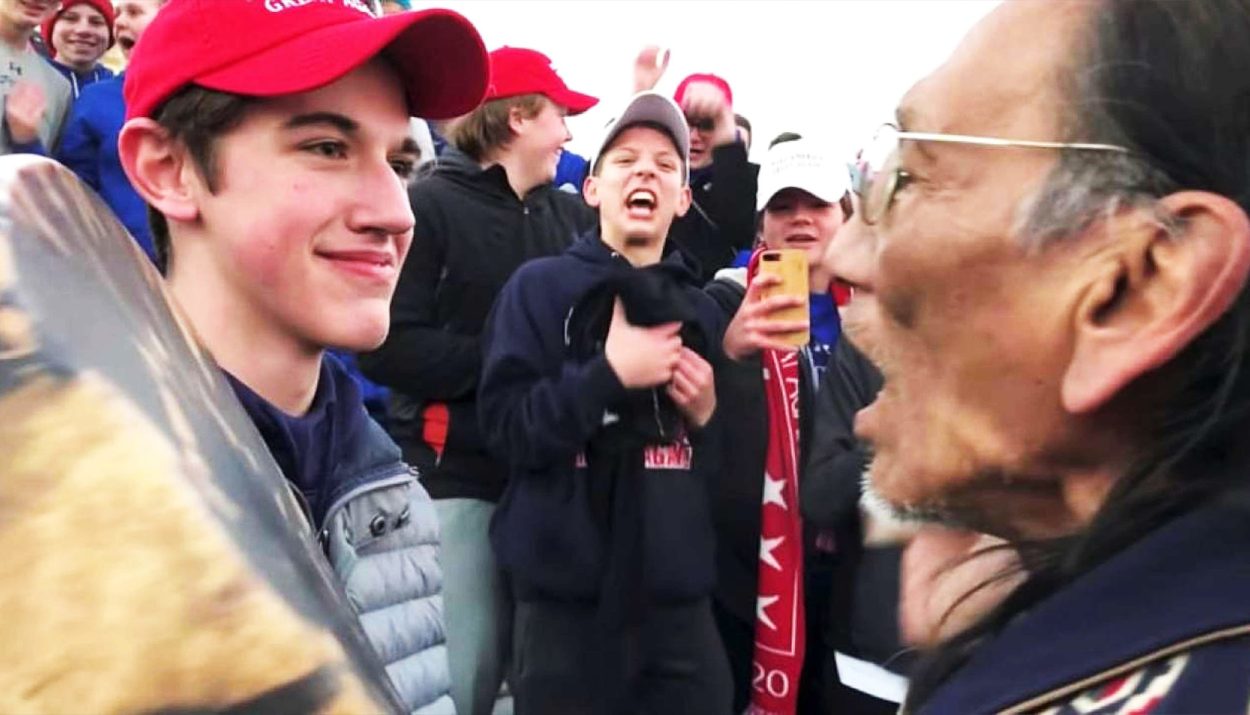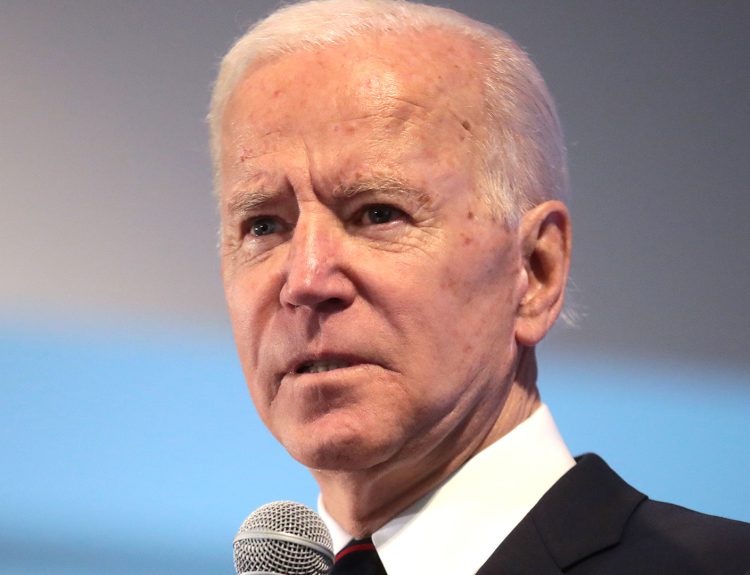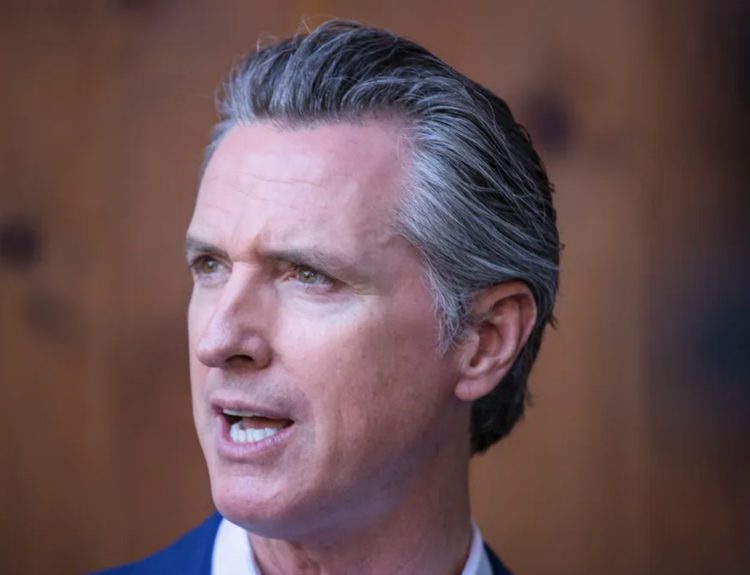In a recent development, the U.S. Supreme Court has refused to take up Nick Sandmann’s libel case against several prominent media organizations, including the New York Times, ABC, and CBS. The decision brings an end to Sandmann’s legal battle, which stemmed from the media’s coverage of his encounter with Native American activist Nathan Phillips at the 2019 March for Life in Washington, D.C.
Sandmann’s Petition Argues Sixth Circuit’s Decision Was Wrong
Nick Sandmann’s lawyers maintained that the U.S. Court of Appeals for the Sixth Circuit erred in concluding that media outlets reporting Phillips’ account of the incident were publishing protected opinions. The petition argued that statements about Sandmann’s movements during the encounter carried defamatory implications, suggesting racism and intolerance.

The attorneys referred to Sandmann as an “innocent high school student” who fell victim to “cancel culture” following the incident. They emphasized that the teenager’s life was forever changed due to an “embarrassed smile” in response to Phillips’ aggression.
Immediate and Catastrophic Consequences for Sandmann
The petition detailed the swift and devastating impact on Nick Sandmann’s life following the media coverage. As he slept on the bus back to Kentucky, Sandmann transformed from an anonymous teenager into a national pariah, with his name and reputation tarnished.
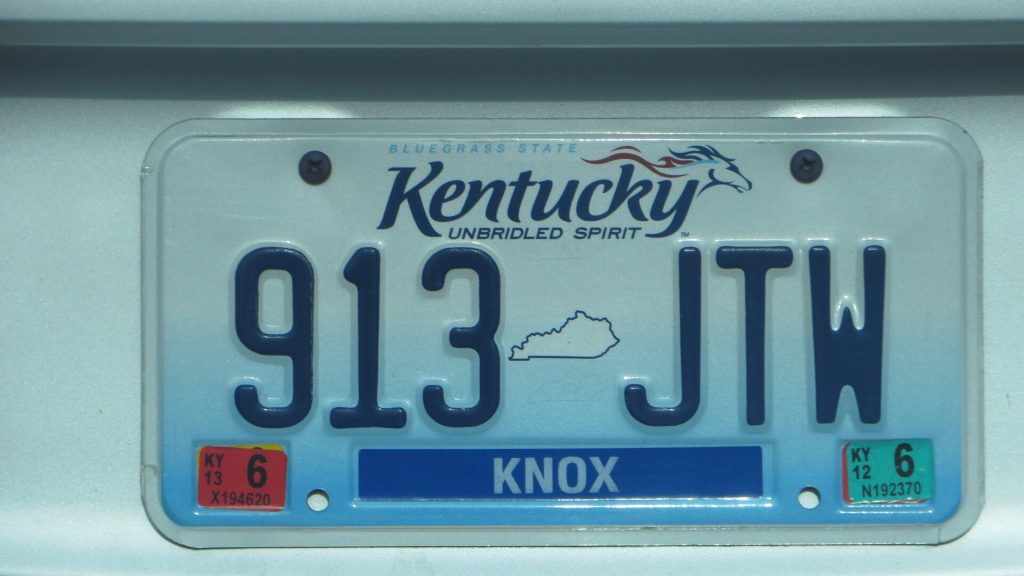
Sandmann faced denunciation from his church diocese and was denied re-admission to his high school. Celebrity commentators attacked him in the media, with some even expressing a desire to “punch him in the face.” Round-the-clock police protection was assigned to his house as the backlash intensified.
Sixth Circuit’s Ruling on “Blocking” Statements
In August, the Sixth Circuit found in a 2-1 decision that the “blocking” statements at issue were “nonactionable” opinions. The court agreed with the lower court’s assessment that Phillips was expressing his subjective understanding of the situation and Sandmann’s intent, informed by their proximity and the lack of communication during the encounter.

The panel majority concluded that Phillips’ statements constituted opinion rather than fact. However, Sandmann’s lawyers argued that these “sensory impressions” were reported by the media in factual, descriptive terms, making them false and libelous statements of fact.
Supreme Court Declines to Hear the Case
Just two months after Sandmann filed his petition for a writ of certiorari, the U.S. Supreme Court declined to hear the case. The justices did not provide any separate opinions on the denial, leaving the Sixth Circuit’s decision as the final word on the matter.
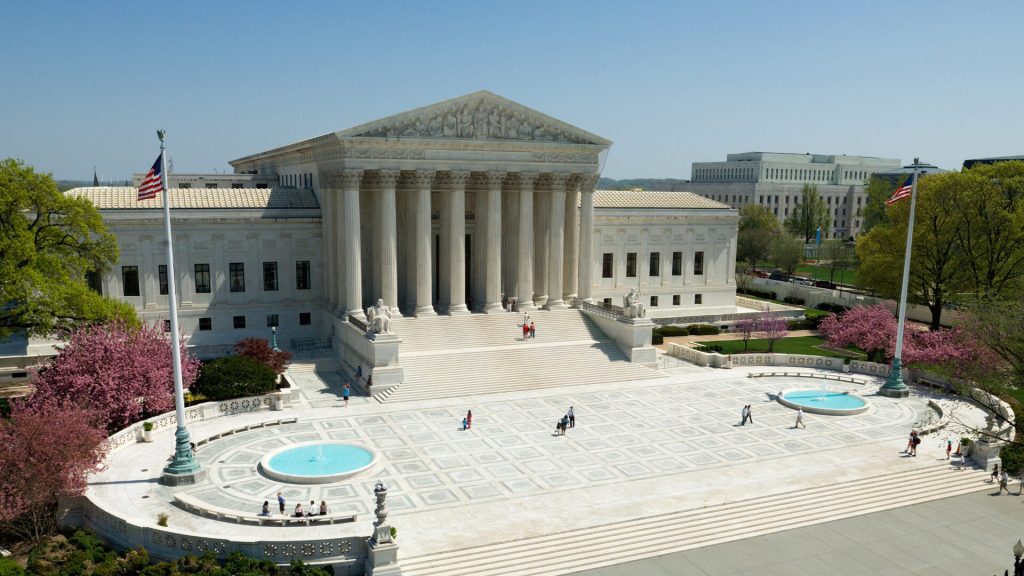
The Supreme Court’s refusal to take up the case marks the end of Sandmann’s legal battle against the media outlets involved. The decision raises questions about the distinction between fact and opinion in libel cases and the potential implications for future media coverage of high-profile incidents.
Sandmann’s Legal Battle Comes to an End
With the Supreme Court’s decision not to hear the case, Nick Sandmann’s libel lawsuits against the New York Times, ABC, CBS, Rolling Stone, and Gannett have reached their conclusion. The media organizations had waived their right to respond to Sandmann’s petition in February, as indicated by the Supreme Court’s docket.

The outcome of the case leaves many wondering about the balance between free speech and the potential harm caused by media coverage. Sandmann’s lawyers had argued that the reporting on Phillips’ account carried defamatory implications, while the courts ultimately determined that the statements were protected opinions.
The March for Life Encounter and Its Aftermath
The incident that sparked the legal battle occurred during the March for Life in Washington, D.C., in 2019. Nick Sandmann, then a student at Covington Catholic High School, encountered Native American activist Nathan Phillips while wearing a red MAGA hat.
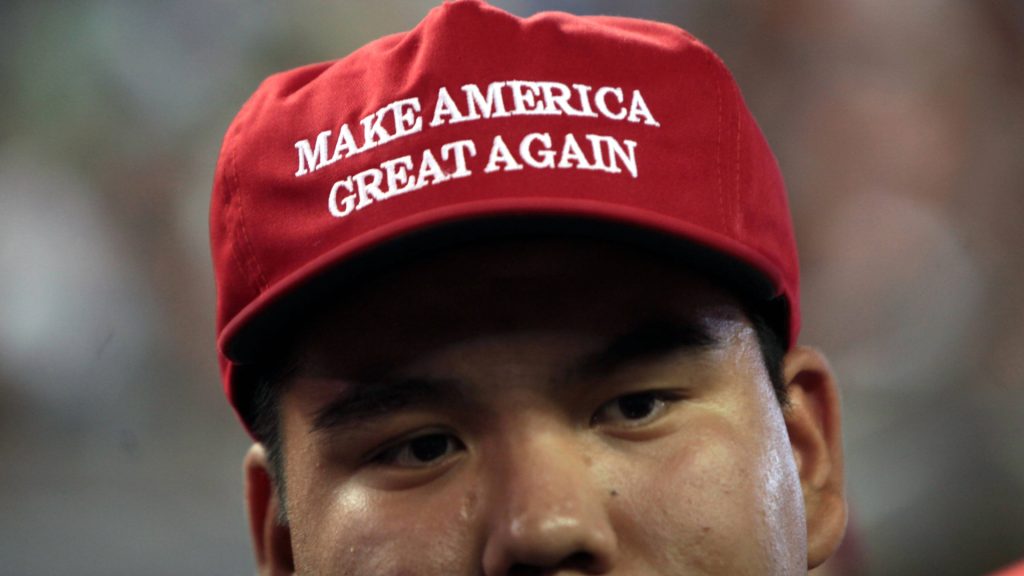
The encounter quickly went viral, with many media outlets reporting on Phillips’ account of the incident. Sandmann’s lawyers argued that the coverage portrayed him in a negative light, suggesting racism and intolerance. The aftermath of the incident had significant consequences for Sandmann, both personally and educationally.
Sandmann’s Perspective on the Incident
In the petition to the Supreme Court, Sandmann’s lawyers described him as an “innocent high school student” who became a victim of “cancel culture” following the media coverage. They argued that his “embarrassed smile” in response to Phillips’ aggression was misinterpreted and used to tarnish his reputation.

Sandmann’s legal team maintained that the media’s reporting on Phillips’ “sensory impressions” in factual, descriptive terms constituted false and libelous statements of fact. They sought to challenge the notion that these statements were protected opinions under the First Amendment.
The Media’s Role in Shaping Public Perception
The Sandmann case highlights the significant influence that media coverage can have on shaping public perception of individuals and events. The rapid spread of the viral video and the subsequent reporting by major media outlets had a profound impact on Nick Sandmann’s life.

The case raises questions about the responsibility of the media in accurately reporting on high-profile incidents and the potential consequences of mischaracterizing or sensationalizing events. It also underscores the challenges of distinguishing between fact and opinion in the context of libel claims.
The Sixth Circuit’s Interpretation of Opinion vs. Fact
Central to the legal battle was the Sixth Circuit’s interpretation of the distinction between opinion and fact in libel cases. The court’s 2-1 decision found that Phillips’ statements about Sandmann “blocking” his way and preventing him from retreating were protected opinions.

The panel majority concluded that Phillips was expressing his subjective understanding of the situation, informed by the circumstances of the encounter. However, Sandmann’s lawyers argued that reporting these “sensory impressions” in factual terms crossed the line into libelous statements of fact.
The Implications for Future Libel Cases
The Supreme Court’s decision not to hear Sandmann’s case may have implications for future libel cases involving media coverage of high-profile incidents. The outcome suggests that courts may be more likely to interpret statements of “sensory impressions” as protected opinions rather than factual assertions.
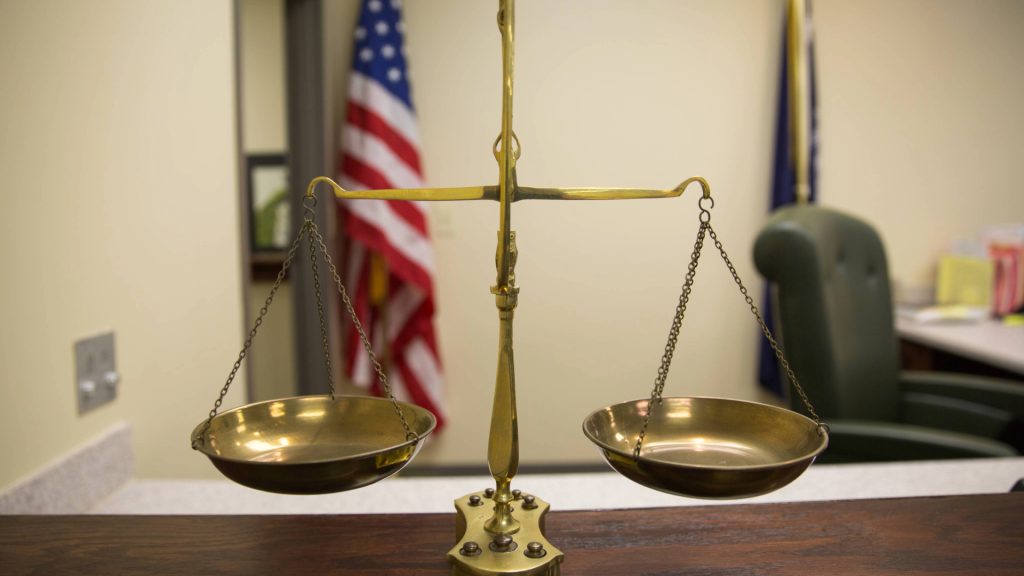
This interpretation could potentially provide media organizations with broader protection when reporting on controversial events or individuals. However, it also raises concerns about the ability of individuals to seek legal recourse when they believe they have been defamed by media coverage.
The Importance of Responsible Journalism
The Sandmann case serves as a reminder of the importance of responsible journalism and the need for media organizations to exercise caution when reporting on complex and emotionally charged incidents. The rapid spread of viral content and the pressure to be first to report can sometimes lead to rushed or incomplete coverage.

Media outlets must verify information, provide context, and present a balanced perspective when reporting on controversial events. Failure to do so can have severe consequences for the individuals involved and erode public trust in the media.
The Role of Social Media in Amplifying Controversies
The Sandmann case also highlights the role of social media in amplifying controversies and shaping public opinion. The viral video of the encounter between Sandmann and Phillips spread rapidly across social media platforms, sparking intense debates and polarized reactions.

Social media has the power to quickly mobilize public sentiment and put pressure on individuals and organizations involved in high-profile incidents. This can lead to a rush to judgment and a lack of nuance in public discourse, making it challenging to have constructive conversations about complex issues.
Moving Forward: Lessons Learned
As the legal battle surrounding Nick Sandmann’s encounter with Nathan Phillips comes to a close, there are important lessons to be learned for all parties involved. Media organizations must strive for accurate, fair, and responsible reporting, even in the face of intense public interest and pressure.

Individuals who find themselves at the center of controversial incidents must also navigate the challenges of sudden media attention and the potential impact on their personal lives. Society as a whole must work towards fostering a culture of empathy, understanding, and open-mindedness when confronting complex and emotionally charged issues.

